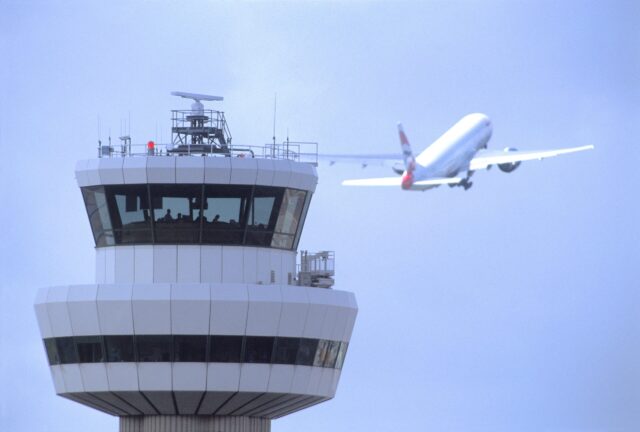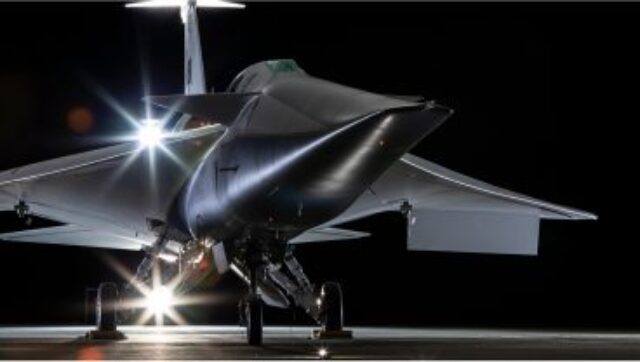SkyNRG: 2024 a critical year for SAF projects targeting operations before 2030
In its fourth annual SAF market outlook, sustainable aviation fuel producer SkyNRG highlighted that “this year will be key for projects targeting operations before 2030” as most announced facilities still…
June 14, 2024

In its fourth annual SAF market outlook, sustainable aviation fuel producer SkyNRG highlighted that “this year will be key for projects targeting operations before 2030” as most announced facilities still face the challenges of raising capital, construction and commissioning.
With most SAF consumed in 2025 set to be under a mandate, SkyNRG describes the global market as being “at a turning point,” with mandates and aspirational targets driving a total worldwide demand of 16.1 million tonnes. 2030 forecast production capacity has also jumped four million tonnes to 17.3 million tonnes over the last year, highlighting a demand that continues to rise exponentially.
However, as things stand, increased demand is continuing to far outpace available supply. Current global capacity announcements remain dominated by the HEFA production pathway, representing 85% of all announced capacity in 2030, with alcohol-to-jet (AtJ) production pathways accounting for around a further 8%.
“To deliver on the steadily growing pipeline of SAF projects, 2024 needs to be the year in which policy proposals are translated into long-term regulatory frameworks, bringing down project risks to acceptable levels for SAF offtakers and investors,” says SkyNRG.
The relative gap between expected capacity and mandated demand is higher in the UK than in the EU, which SkyNRG attributes “mainly to higher SAF targets, the cap on HEFA use, and a longer period of uncertainty on policy direction”. Canadian producers are also at a disadvantage without access to some of the US SAF incentives, with facilities announced in the latter country significantly larger compared to other regions. China, meanwhile, is experiencing facility commissioning lead times “seemingly shorter than in the rest of the world,” with Latin America also emerging as “a potentially significant production hub for SAF”.
Based on existing announced and implemented policies, the dominant ‘pulling forces’ by 2030 are expected to be the United States, the EU (currently the largest mandated SAF market) and Japan, although shifting national demand could yet impact the volume of fuel (or feedstocks) available for import and export.
















